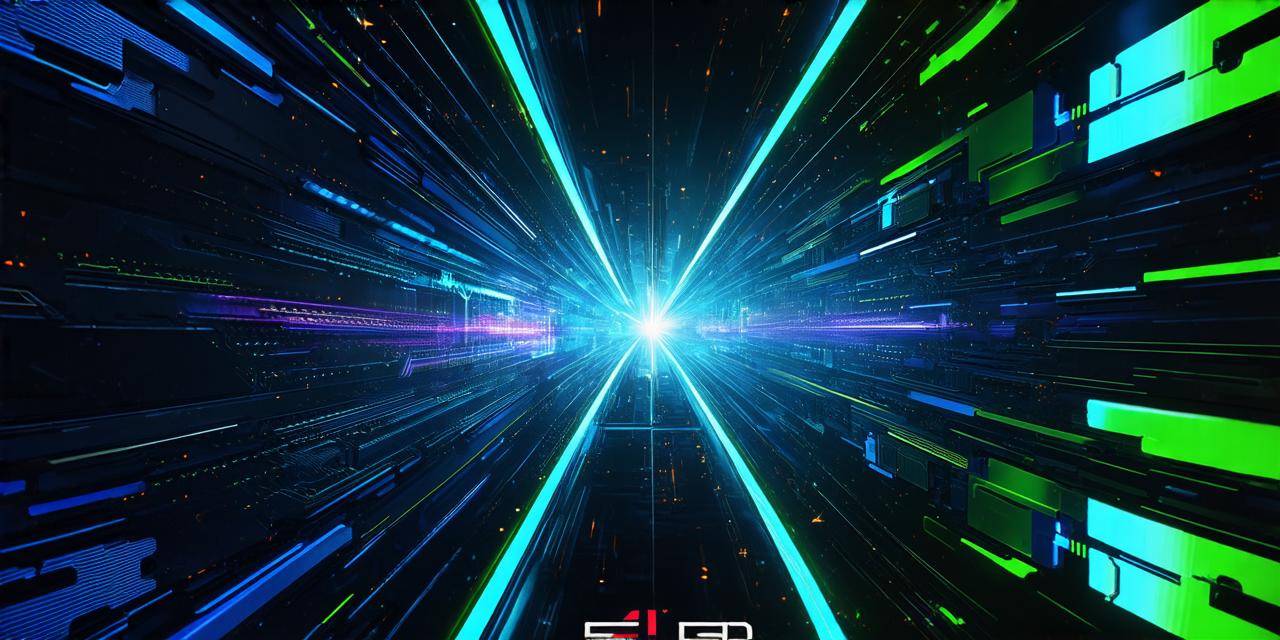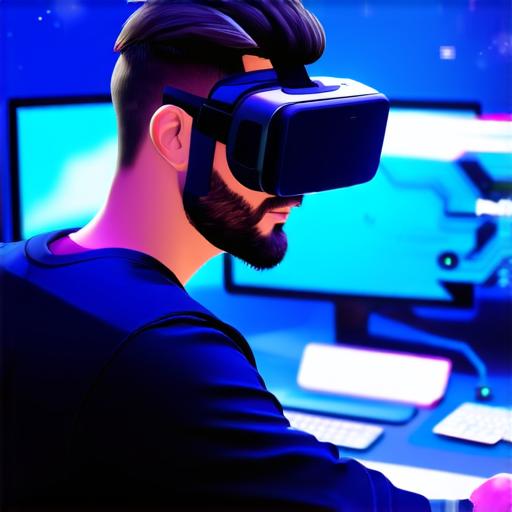
Introduction
Unity 3D is a powerful game engine that allows developers to create interactive and immersive experiences. One of the key features of Unity is its support for animation, which enables developers to bring their characters and objects to life with smooth transitions and fluid movements.
Creating Animation Clips
The first step in incorporating animation in Unity 3D is to create animation clips. These are essentially sequences of keyframes that define the movement and appearance of an object over time. To create an animation clip, follow these steps:
- Select the object you want to animate in the Hierarchy view.
- Go to Animation > Create > Animation Clip.
- Name your animation clip and set the frame rate.
- In the Animator window, drag and drop your animation clips into the Timeline view.
- Set the duration of each keyframe by moving the playhead along the timeline.
- Add additional keyframes as needed to define the movement and appearance of your object.
Best Practices for Animation in Unity 3D
Once you have created your animation clips, there are several best practices you should follow to ensure that your animations are smooth and engaging:
- Use layering to keep your animations organized and easy to manage.
- Use curves to add variation and fluidity to your animations.
- Optimize your animations for performance by using the Animation window’s preview feature to test your animations in real-time.
- Use animation events to trigger additional actions, such as sound effects or particle effects.

- Experiment with different timing and duration settings to achieve the desired effect.
Case Study: Creating a Walking Animation in Unity 3D
To illustrate how to incorporate animation in Unity 3D, let’s take a look at an example of creating a walking animation for a character.
- First, we will create an animation clip for the character’s walking motion. We will use the Animation window to define keyframes for the character’s legs and torso movements.
- Next, we will add additional keyframes to define the character’s arm movements as they walk.
- To make the animation more realistic, we will use layering to keep the animations organized. We will create separate layers for the character’s legs, torso, and arms.
- We will also use curves to add variation to the animations and make them look more natural. For example, we will use a curve to make the character’s leg movements more fluid as they walk.
- Finally, we will optimize the animation for performance by using the Animation window’s preview feature to test the animation in real-time. We will also experiment with different timing and duration settings to achieve the desired effect.
Summary
Incorporating animation in Unity 3D is a powerful way to bring your games and experiences to life. By following best practices and using animation clips, layering, curves, and events, you can create engaging and immersive animations that will keep your users engaged. Whether you are a beginner or an experienced developer, there is always something new to learn about animation in Unity 3D. So go ahead and start experimenting with animations today!
FAQs:
1. How do I create an animation clip in Unity 3D?
Select the object you want to animate in the Hierarchy view, then go to Animation > Create > Animation Clip. Name your animation clip and set the frame rate. In the Animator window, drag and drop your animation clips into the Timeline view. Set the duration of each keyframe by moving the playhead along the timeline. Add additional keyframes as needed to define the movement and appearance of your object.
2. What are some best practices for animation in Unity 3D?
Use layering to keep your animations organized and easy to manage. Use curves to add variation and fluidity to your animations. Optimize your animations for performance by using the Animation window’s preview feature to test your animations in real-time. Use animation events to trigger additional actions, such as sound effects or particle effects. Experiment with different timing and duration settings to achieve the desired effect.
3. How do I make my animations more realistic in Unity 3D?
Use layering to keep the animations organized. Use curves to add variation to the animations and make them look more natural. Experiment with different timing and duration settings to achieve the desired effect.

